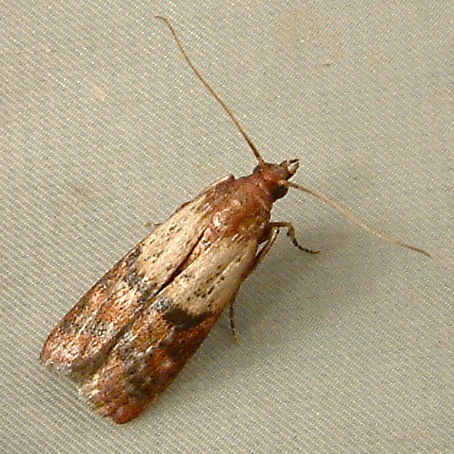Mother Nature really gave us a break this winter, didn’t she? Well, as nice as it was to have an extended warm season, it’s really done a doosie on insects, animals, even trees! I don’t know if you’ve noticed, but allergies are unusually bad this winter. We recently learned that this warm weather extension made trees and foliage pollinate a second time this past year. Ugh!!
Do Winter Pests Exist?
Even if we didn’t have an unseasonably warm season so far, winter pests are a real thing. A lot of times our customers will ask why it’s necessary to have a service completed in their homes during the winter when everything dies off. That couldn’t be farther from the truth. Bugs seek refuge in your walls, crawling up underneath siding, or in crevices around screens and windows. The cold may make them go into dormancy, but once the sun warms up the building, they’ll literally crawl out of the woodwork.
Some of the most common winter pests we encounter are silverfish, spiders, centipedes, cockroaches, rodents, pantry pests like indian meal moths and flour beetles, and occasional invaders like asian beetles, boxelder bugs, stink bugs, etc. Winter pests are real!
Winter is all about survival for many common household pests. They search for food and shelter from the cold temperatures. Without the proper prevention tactics, that food and shelter could be found in your home. Once inside, these pests can infest properties in short order, can contaminate food, and in some cases even spread disease.
FRANKLIN’S BEST PRACTICES FOR KEEPING PESTS OUT
We wanted to address some of the most common questions homeowners have about how pests find their way indoors. It’s a great reminder that it’s never too late to winterize your home against winter pests.
What makes homes attractive to pests?
Pests are attracted to food, water and shelter. Exclusion techniques and removing food and water sources will help deter pests. Simple measures such as keeping food in sealed containers and cleaning up after each meal to avoid leaving crumbs can help. Fix leaky pipes and drains to ensure that if pests do get in, they won’t have ideal conditions in which they can thrive.
How do pests get into homes?
Pests enter structures through cracks and crevices around windows, doors, along foundations, ripped screens, uncapped chimneys, and also through holes where utilities enter a structure. Firewood, groceries, and other deliveries can carry pests in, too. Seal any openings with silicone caulk or steel wool, and to avoid hitchhiking pests, examine packages thoroughly before bringing them inside.
Where are pests most likely to settle in?
Pests have direct access to basements and attics through roofs and foundations, so they should be kept well ventilated, dry, and clutter-free. Also, because of the concentration of food and water, kitchens and bathrooms are other common areas.
What should I do if I have an infestation?
Despite even the best efforts, pests can still find their way inside. If you have a pest problem or need advice on how to better pest-proof your home, contact a qualified and licensed pest control professional like us.




